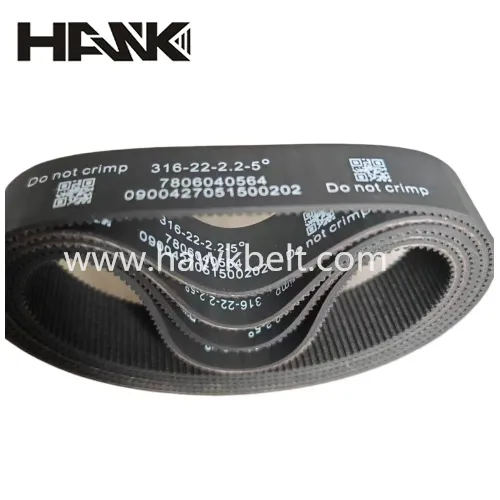- Arabic
- French
- Russian
- Spanish
- Portuguese
- Turkish
- Armenian
- English
- Albanian
- Amharic
- Azerbaijani
- Basque
- Belarusian
- Bengali
- Bosnian
- Bulgarian
- Catalan
- Cebuano
- Corsican
- Croatian
- Czech
- Danish
- Dutch
- Afrikaans
- Esperanto
- Estonian
- Finnish
- Frisian
- Galician
- Georgian
- German
- Greek
- Gujarati
- Haitian Creole
- hausa
- hawaiian
- Hebrew
- Hindi
- Miao
- Hungarian
- Icelandic
- igbo
- Indonesian
- irish
- Italian
- Japanese
- Javanese
- Kannada
- kazakh
- Khmer
- Rwandese
- Korean
- Kurdish
- Kyrgyz
- Lao
- Latin
- Latvian
- Lithuanian
- Luxembourgish
- Macedonian
- Malgashi
- Malay
- Malayalam
- Maltese
- Maori
- Marathi
- Mongolian
- Myanmar
- Nepali
- Norwegian
- Norwegian
- Occitan
- Pashto
- Persian
- Polish
- Punjabi
- Romanian
- Samoan
- Scottish Gaelic
- Serbian
- Sesotho
- Shona
- Sindhi
- Sinhala
- Slovak
- Slovenian
- Somali
- Sundanese
- Swahili
- Swedish
- Tagalog
- Tajik
- Tamil
- Tatar
- Telugu
- Thai
- Turkmen
- Ukrainian
- Urdu
- Uighur
- Uzbek
- Vietnamese
- Welsh
- Bantu
- Yiddish
- Yoruba
- Zulu
Out . 16, 2024 23:08 Back to list
Flat Belts for Stationary Engines Applications and Benefits Explained
Understanding Stationary Engine Flat Belts
Flat belts have long been a crucial component in various mechanical systems, particularly those driven by stationary engines. These versatile belts are designed to transmit power from one component to another efficiently, playing a vital role in machinery ranging from simple tools to complex industrial machinery.
The Basics of Flat Belts
Flat belts are typically made of durable materials such as leather, rubber, or synthetic composites. Their flat design allows them to engage seamlessly with pulleys and wheels, minimizing slippage while offering a significant grip. The absence of a specific groove enables flat belts to be used in varied applications, providing flexibility in design and implementation.
One of the main advantages of flat belts is their ability to handle large amounts of power. They are commonly used to drive machines like saws, lathes, and generators, particularly in settings where variable speed and torque are necessary. The flat design also allows for more straightforward adjustments in tension, which is vital for optimizing performance.
Historical Context
Flat belts became popular during the Industrial Revolution when factories began using stationary engines to power various machines. Before the advent of electricity, these engines operated primarily on steam or internal combustion. The flat belt system enabled a centralized power source to drive multiple machines by connecting them through a network of pulleys and belts. This configuration maximized efficiency and minimized the need for individual motors on each machine.
Applications of Flat Belts
stationary engine flat belts

Flat belts are still used in numerous applications today. In agriculture, for example, they can drive machinery such as grain elevators and threshers. In manufacturing settings, they power conveyor systems, enabling the smooth transport of materials. Additionally, flat belts are used in woodworking, textile production, and even in some automotive systems.
The versatile nature of flat belts allows them to adapt to different operating conditions. They can absorb shock loads, which is particularly important in applications where machinery experiences variable loads. Furthermore, they can accommodate misalignments in pulleys, reducing wear and tear on both the belt and the mechanical components.
Maintenance and Design Considerations
Despite their robustness, flat belts require regular maintenance to ensure optimal performance. Over time, they may stretch or wear down, requiring replacements or tension adjustments. Proper alignment of pulleys is also essential to minimize friction and extend the lifespan of the belt. Common methods of maintenance include cleaning the belt surface to prevent slippage and checking for signs of wear, such as cracks or fraying.
In terms of design, several factors need to be considered when selecting a flat belt for a specific application. The width and thickness of the belt must match the power requirements of the engine it is connected to. Additionally, the surface material can impact the belt's grip and durability, with rubber being preferred for its elasticity and resistance to wear, while leather may be preferable in more traditional machine setups.
Conclusion
Flat belts play an indispensable role in the operation of stationary engines and countless machinery applications. Their historical significance during the Industrial Revolution paved the way for modern manufacturing techniques, showcasing the evolution of power transmission systems. With their ability to efficiently transmit power while accommodating various operating conditions, flat belts remain a preferred choice in multiple industries. As technology advances, the materials and designs of these belts will likely continue to evolve, ensuring that they meet the demands of future machinery.
-
Variable Belt Drive AI Optimized for Efficiency
NewsAug.05,2025
-
High-Quality Tensioner Belt Pulley - Durable & Efficient
NewsAug.03,2025
-
Premium Timing Belt Factory | AI-Optimized Solutions
NewsAug.02,2025
-
Heat Joining Drive Belt | High-Durability Fusion Solution
NewsJul.31,2025
-
Timing Belt Video Guide: Selection, Design & Quality Insights
NewsJul.30,2025
-
High-Performance Variable Speed V Belt Drive for Efficient Power Transmission
NewsJul.30,2025

